
Tascha Shahriari-Parsa is a student at Harvard Law School.
Investment in public transportation is a crucial step towards combatting climate change, reducing air pollution, addressing traffic congestion, and expanding mobility. But how we design public transportation is also at stake. When we increase fares, slash services, or reduce COVID safety protections, workers bear the cost: both transit workers and transit riders who are overwhelmingly low-income workers themselves. So how can workers fight for a seat at the table?
Transit Workers Fight Against Covid
On March 17, 2020, as the COVID-19 pandemic began to spread through the country, Detroit bus drivers refused to show up to work until the city implemented better health and safety protections. The Detroit drivers won all of their demands, including hiring additional cleaning staff, providing drivers with better safety supplies, as well as backdoor boarding along with a year-long pause on fare collection to ensure safe distances between riders and drivers.
Meanwhile, in New York, the MTA had actually banned transit workers from wearing masks because they’re “not part of the authorized uniform” and they were worried about causing panic among riders (even though the MTA had issued a policy directive in 2012 to keep a six-week supply of masks available for transit employees, which it did not follow). After New York rescinded their mask ban in response to union outrage, the Detroit strike helped pressure the city to institute rear-door boarding as well.
In August, New York reinstated front door boarding, and it wasn’t the only city to do so. The Santa Clara Valley Transportation Authority (VTA)—home to the first COVID-19 death in the U.S.—had implemented the same policies as New York and Detroit in March. In August, however, they claimed that the “janky plastic barrier” they had installed in their buses was sufficient protection to warrant switching back to front-door boarding. But time would prove them wrong: while 15 transit employees had tested positive up to that point, over 130 cases were reported through January of 2021. Even as cases surged in the winter, and even as the VTA was overflowing with extra money from the CARES Act, it refused to re-implement rear-door boarding. As one VTA worker put it, “They care more about $2.25 than they do about our lives.” Only after workers built up the pressure, including community meetings, letters, media campaigns and a planned action at VTA headquarters, the VTA agreed to reinstitute backdoor boarding this February.
While drivers in many cities fought for pauses on fare collections during the pandemic, their victories benefited riders too, who are disproportionately female essential workers of color—forced to pay a fee to risk their lives on the way to an essential job. So how can riders join the fight as well? The recent history of Bus Riders Unions might offer an answer.
The Bus Riders Union
In 1992, the L.A. Bus Riders Union (BRU) was founded as a member-based organization using mass organizing strategies to engage bus riders in popular campaigns to improve public transportation in Los Angeles, where 500,000 bus-riders earn a median household income of under $14,000 a year, and 90% of those riders are people of color. In 1994, the BRU gained attention after it successfully sued the L.A. County MTA (LACMTA) under Title VI for racially discriminatory policies. Five years later, the 9th Circuit upheld a district court’s order resulting from the first of these suits, that LACMTA immediately acquire 248 buses to reduce passenger overcrowding that disproportionately harmed people of color. The BRU filed similar lawsuits again in 2010 and 2016.
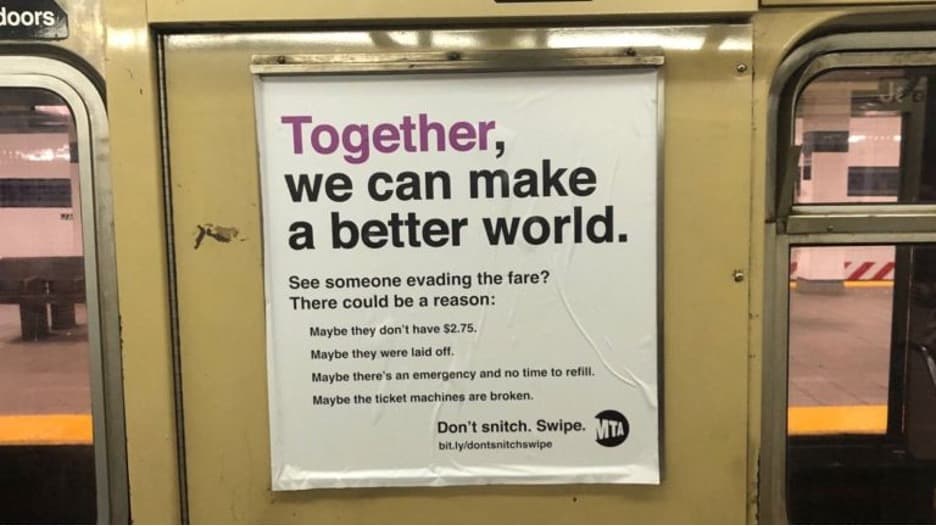
What made BRU special was not so much its legal challenges, but its organizing strategy. BRU members would board overcrowded buses and engage riders and drivers in discussion about their concerns with the transit system, the roots of those issues, and what they could do about it—including joining the BRU. In addition to winning concrete victories with LACMTA, the BRU offered a model of what poor people’s movements could look like in the new economy.
Indeed, the L.A. BRU campaign inspired similar “Bus Riders Unions” in other cities with successful campaigns, including Tucson, AZ— where the Tucson BRU stopped a fare hike—Memphis, TN, and Vancouver, Canada. In the spring of 2001, the Vancouver BRU initiated a campaign to restore “night owl” buses after they were cut by TransLink (Vancouver’s local transit authority) over the objections of over 140 bus riders and transit workers during an 11-hour meeting. Although the night owl buses cost only $1.5 Million to operate every year, TransLink simultaneously committed $1 Billion towards the construction of a new light-rail rapid transit line. With the slogan “End Transit Racism,” the BRU emphasized that workers of color are over-represented among those who use buses. They also identified women and LGBTQ people as being “at a special risk for hate violence without a safe ride home from work or socializing with friends.” After three years of on-the-bus organizing and mobilization, TransLink reinstated their night owl services in 2004.
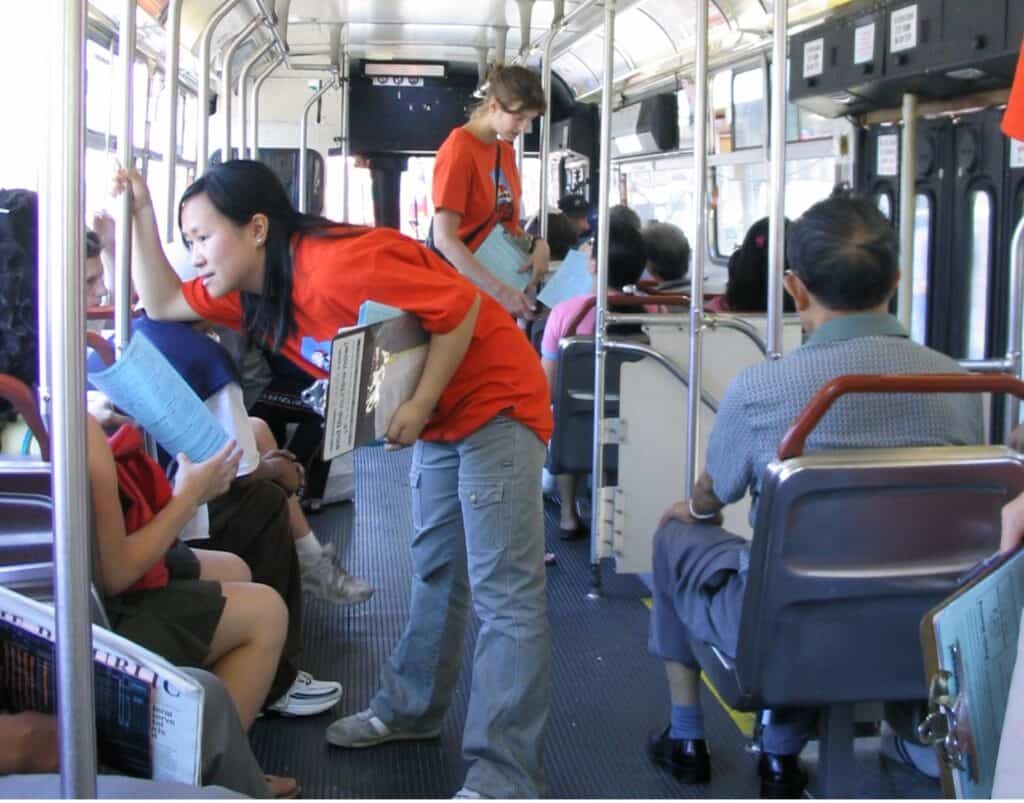
The Future of Transit Organizing: Driver-Rider Solidarity?
Organizing a union of bus riders is no easy task, and the successes of BRUs have been few and far between. Riders are a vast, minimally connected group of people with minimal leverage on their own. Without majority participation in a fare strike, withholding your fare can be daunting if you know that you will be the only rider on your bus doing so.
Moreover, even when a fare strike is successfully organized, the chances of victory are slim. After winning the night-owl campaign, the Vancouver BRU organized a 5,000-rider fare strike in 2005 to oppose TransLink’s proposed fare-increase. But TransLink did not budge. Without a critical mass of riders refusing to pay fares for as long as it takes to win, TransLink saved a lot more money by increasing its fares than it would have by freezing them to avoid the strike.
But there is a way that BRUs could make a comeback: what if transit workers refused to collect fares from riders until the city agreed to the demands of drivers and riders alike?
Beyond the clear shared interests in Covid-19 protections, drivers could help riders fight for the elimination of fares, as well as to prioritize expanding access to transportation for the poor. In turn, riders could support drivers in their efforts to secure better pay, benefits, and working conditions. Through such a process, riders would learn more about the benefits of unions (and might think about organizing one at their own workplace). Moreover, drivers and riders can push together for representation and decision-making power in their local public transit authorities.
By organizing together, drivers and riders can ensure that those most affected by public transportation have a voice in determining its future.

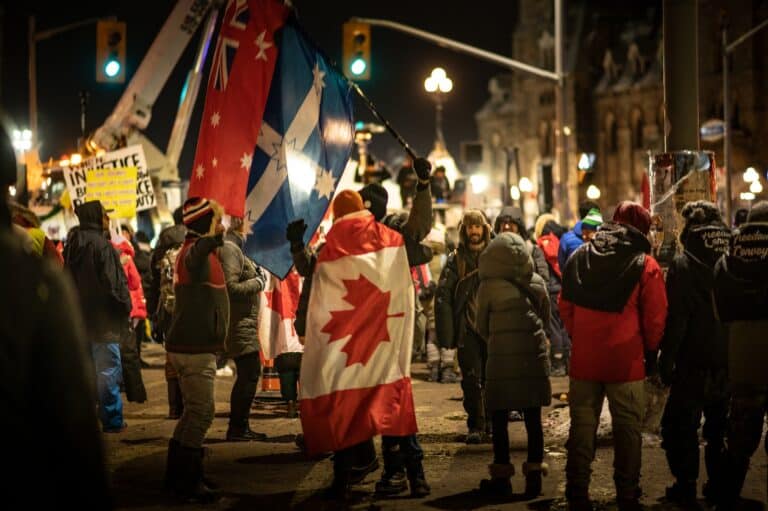

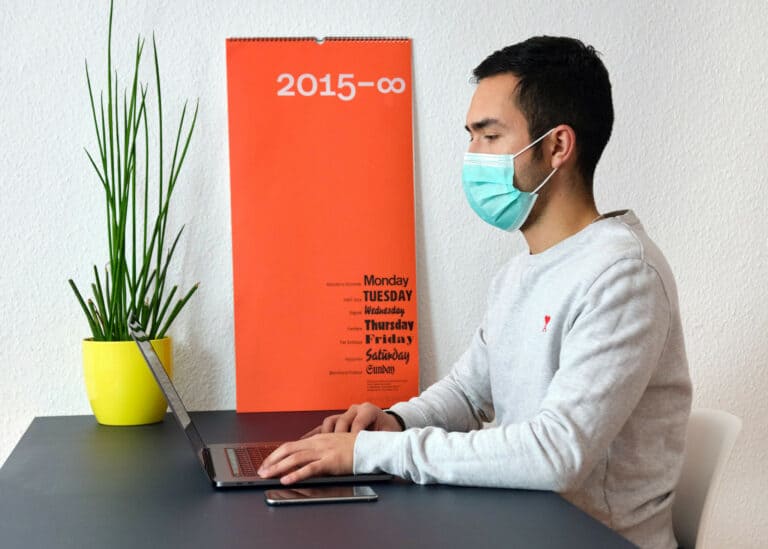
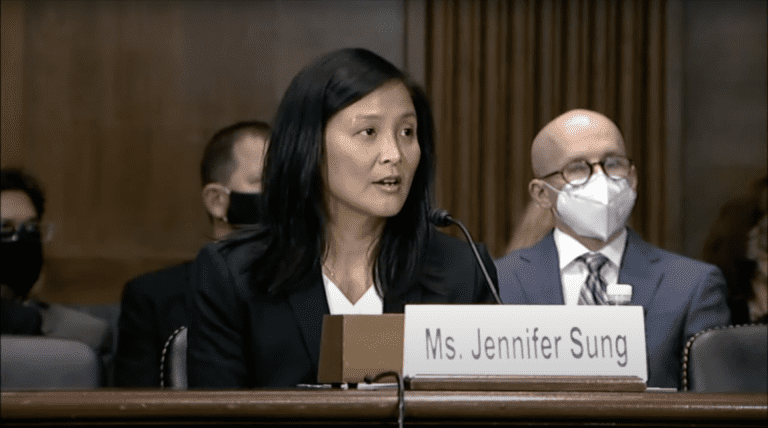





Daily News & Commentary
Start your day with our roundup of the latest labor developments. See all
July 11
Regional director orders election without Board quorum; 9th Circuit pauses injunction on Executive Order; Driverless car legislation in Massachusetts
July 10
Wisconsin Supreme Court holds UW Health nurses are not covered by Wisconsin’s Labor Peace Act; a district judge denies the request to stay an injunction pending appeal; the NFLPA appeals an arbitration decision.
July 9
the Supreme Court allows Trump to proceed with mass firings; Secretary of Agriculture suggests Medicaid recipients replace deported migrant farmworkers; DHS ends TPS for Nicaragua and Honduras
July 8
In today’s news and commentary, Apple wins at the Fifth Circuit against the NLRB, Florida enacts a noncompete-friendly law, and complications with the No Tax on Tips in the Big Beautiful Bill. Apple won an appeal overturning a National Labor Relations Board (NLRB) decision that the company violated labor law by coercively questioning an employee […]
July 7
LA economy deals with fallout from ICE raids; a new appeal challenges the NCAA antitrust settlement; and the EPA places dissenting employees on leave.
July 6
Municipal workers in Philadelphia continue to strike; Zohran Mamdani collects union endorsements; UFCW grocery workers in California and Colorado reach tentative agreements.